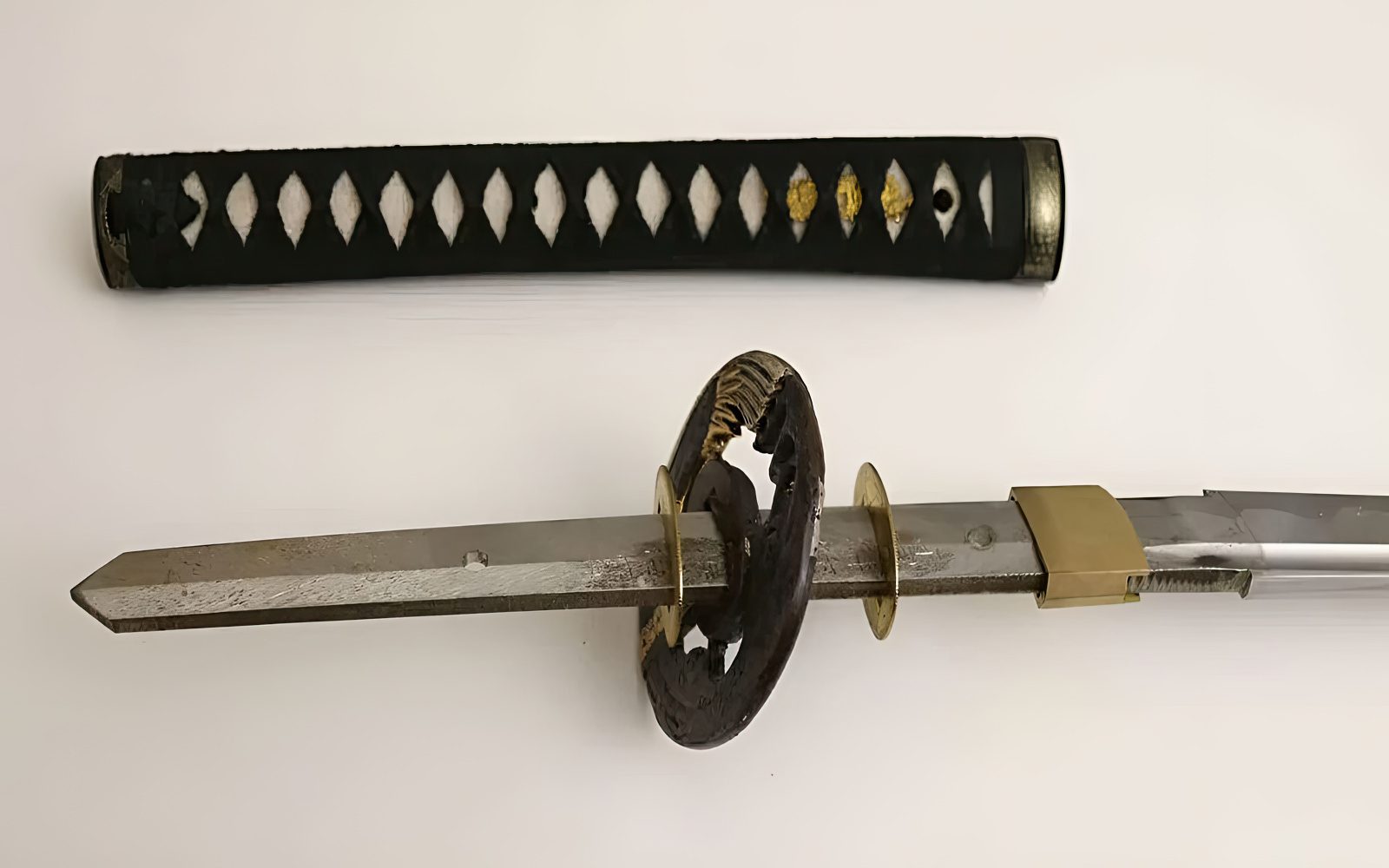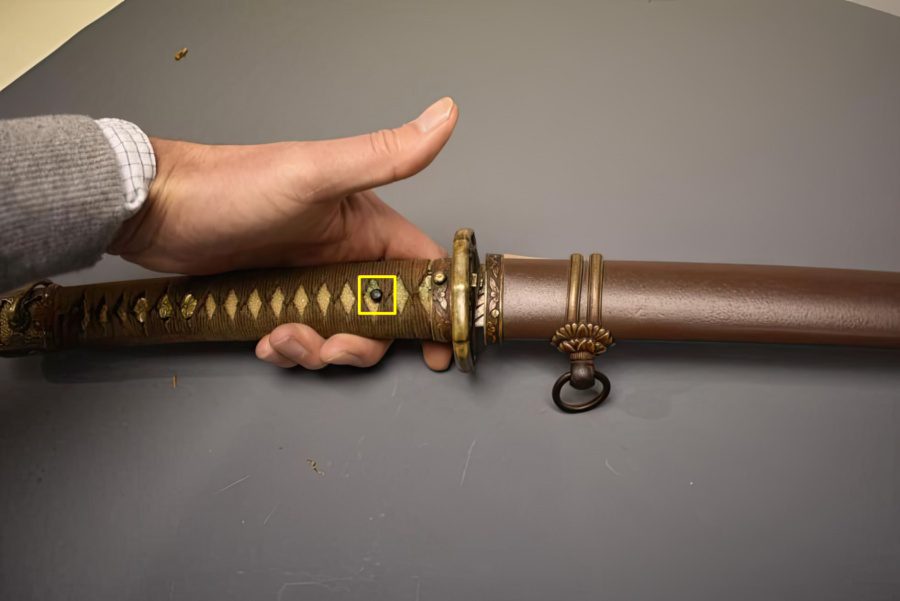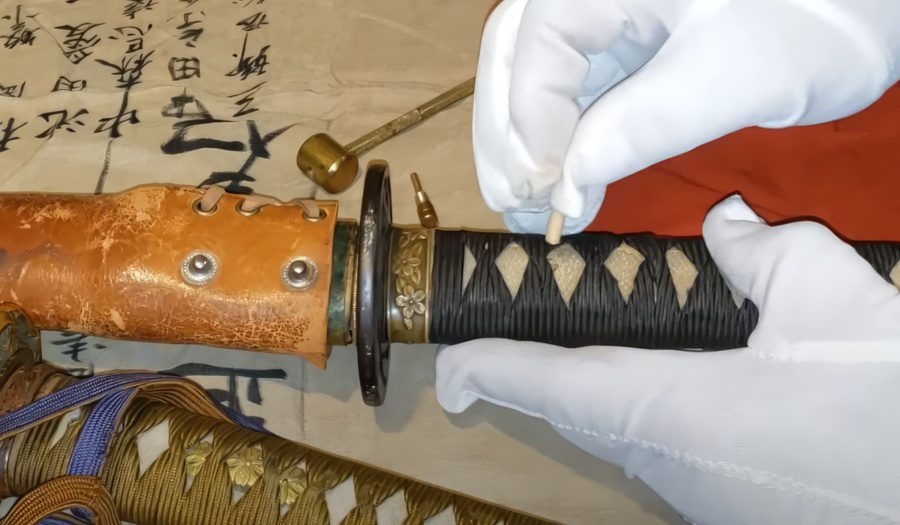How to Tell if a Katana Has a Full Tang: 6 Effective Methods
NO AI USED This Article has been written and edited by our team with no help of the AI

The Japanese Katana has a full-tang blade that extends into the handle. There are 6 methods to determine if this is the case for a katana. A full-tang blade is important as it helps make the sword sturdier, balanced, and ultimately, is required of a traditional samurai sword.
Left unsharpened, the tang is used to inscribe the mei (signature or stamp of the swordsmith). It also has one or two holes where mekugi pins are inserted to hold the kashira fittings together. Since a full tang has many advantages, let’s look at the methods and tips on how to tell if a katana has a full tang.
4 Methods to Tell if a Katana Has a Full Tang Blade
Finding a functional full tang Katana can be challenging as it cannot be determined simply by looking at the sword. However, there are some methods and tips that you can follow to make sure that a Katana has a full tang blade.
1. Visual Confirmation

The tang of the Katana is beneath the handle, meaning that it isn’t visible. Despite that, full tang Katana blades will have one or two mekugi pins that resemble screws from afar. They are centrally placed on the tsuka (handle), about 1.5 to 2.5 inches (3.8 to 6.3 cm) from the tsuba (guard) or kashira (pommel). If a Katana does not have these pegs, it is likely that it does not have a full tang.
2. Removable Mekugi Pins

While the presence of mekugi pegs are important, some katanas have pins that are merely there for decorative purposes. This means that they are not real pegs that function to hold the handle together and can be easily removed.
If they can be loosened, the katana is unlikely to have a full tang because depending on the number and type of nakago tang, the pegs fit tightly inside the mekugi ana.
3. Katana’s Weight & Balance

Katana swords are full-tang to balance the weight of the blade, making it effective for powerful slashes. The point of balance for the sword needs to be in the center or the first half of the blade, somewhere after the tsuba handguard. If the weight of your Katana is solely in the blade and unbalanced while placed horizontally, it might mean that your sword does not have a full tang.
4. Sword Disassembly
The mekugi pegs inside the tang actually hold all of the Katana fittings together. They are placed inside using a traditional Japanese hammer called Mekugi Nuki and can be taken out simply by hitting the peg a few times. Next, the handle can be removed and the tang observed. A katana without mekugi pegs means that the kashira (pommel) is removable, meaning that the katana does not have a full tang.

